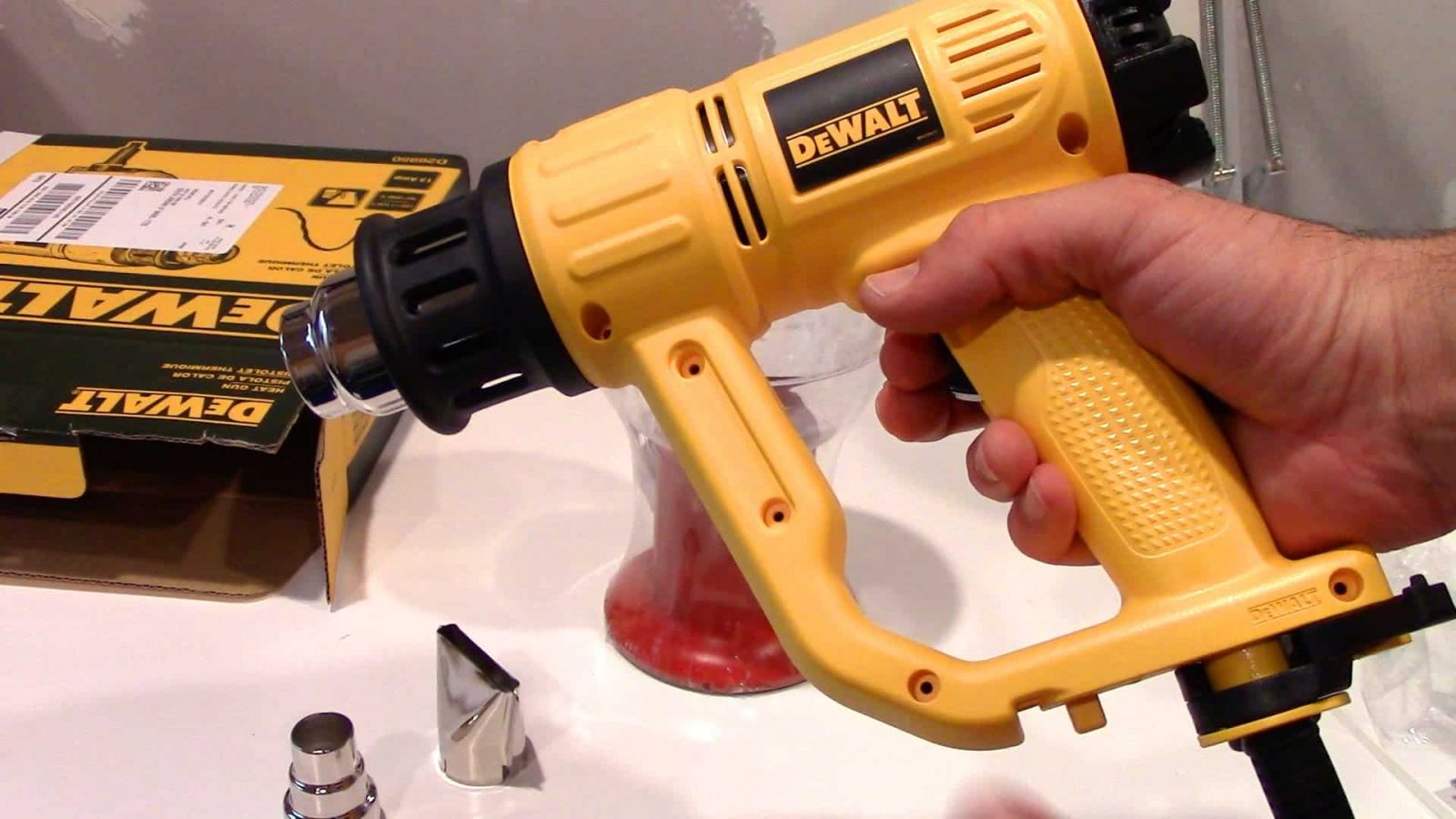
A heat gun is a very useful tool to which comes in handy to scrape old paint from wood or pipework. The lack of a visible flame may create a false sense of safety; however, heat guns can produce temperatures as high as 1200°F. Therefore, it is very important to know how to use a heat gun safely to prevent any fire mishaps. Here are some best heat gun safety tips for you.
Protective Wear
Wear safety goggles to safeguard your eyes when using a heat gun. Also, wear a respirator mask to prevent inhaling toxic fumes coming from the paint. Wear heat-resistant and chemical-resistant gloves, since you’ll be working with high temperatures to strip off paint, and these will keep harmful chemicals off your hands.
If you have long hair, tie it back, so that your hair doesn’t accidentally catch fire. Avoid loose clothing, and if you’re wearing a long-sleeved shirt, ensure that the cuffs are buttoned and don’t flap around in front of the heat gun, which can prove dangerous.
Workspace
If you are using heat gun indoors, ensure that your workspace is well-ventilated. Keep all doors and windows open to prevent the gathering of fumes. Remove inflammable materials/objects from the area and always keep a fire extinguisher ready nearby, just in case. Working outside is recommended since there is less danger of inhaling hazardous fumes. If you must work in confined spaces, wear respiratory masks. Keep children, animals, and pregnant women away.
How to use a heat gun safely
You should not use an extension cord to power your heat gun, since it will get overheated, leading to the risk of fire or an electric shock. If you absolutely must use an extension cord, ensure it is rated 10-amp or higher and is a heavy duty gauge wire (but less than 100 feet).
To understand perfectly, how to use a heat gun safely, always use a grounded outlet to plug in a heat gun to prevent short-circuit and electrical fires. Never use a heat gun on lead-based paint as it can emit highly toxic fumes.
Clear the surface you are working on of debris (sawdust or wood-shavings) which pose the risk of catching fire. Ensure that the material you’re working on is suitable (it can turn out to be heat resistant or contain any chemical that can cause a fire).
Maintain a 45-degree angle while working with a heat gun. Stick to the manufacturer’s heat settings to avoid overheating of the surface. Be extra careful while using a heat gun around soldered material. Otherwise, the solder can melt. Never point the heat gun at a single spot for more than a few seconds to prevent scorching of the wood. Direct the gun in a slow, circular movement.
Be careful not to direct the heated airflow toward one’s body, which can penetrate clothing and burn skin. This is one of the most important heat gun safety tips. The hot metal nozzle should never be touched. Never look down the nozzle and take care not to block the air inlet grills on the heat gun while in operation. When you’ve finished using the heat gun, keep it on a heat proof surface and leave it to cool fully before storing it.
